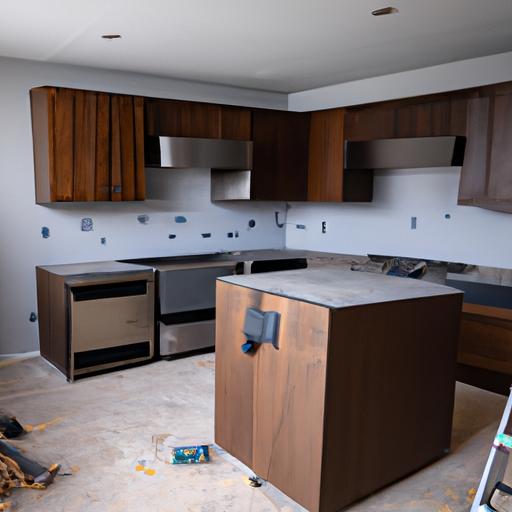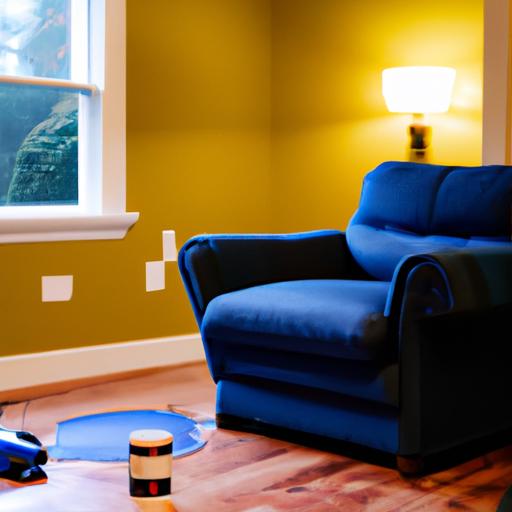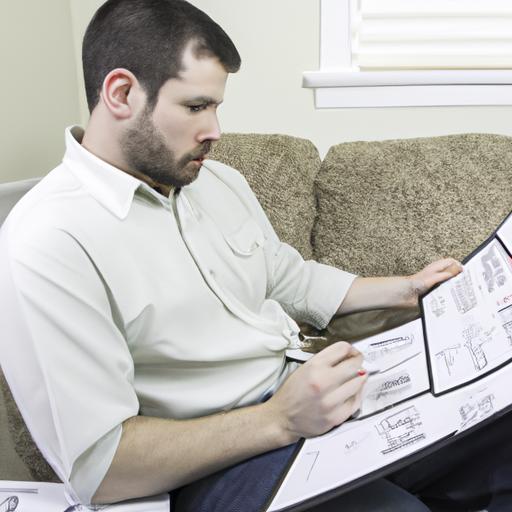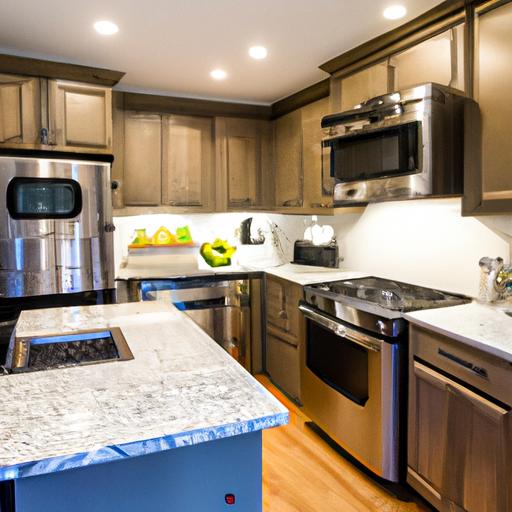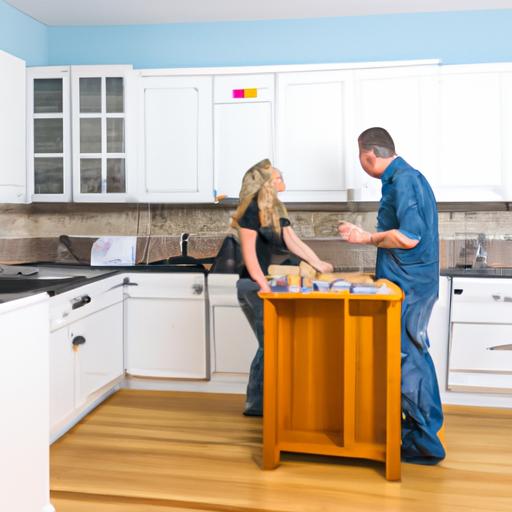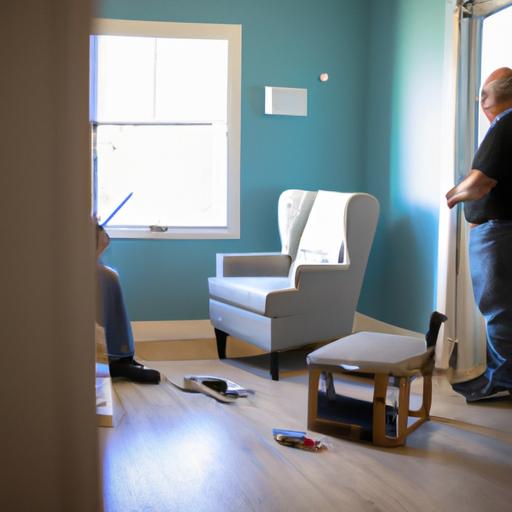Low Interest Home Improvement Loans: Enhancing Your Home Without Breaking the Bank
Introduction
In the realm of homeownership, the desire to create a space that reflects one’s unique style and comfort is a constant pursuit. However, the cost associated with home improvements can sometimes deter individuals from bringing their vision to life. This is where low interest home improvement loans come into play, offering a financial solution that bridges the gap between aspiration and affordability.
Low interest home improvement loans are a type of financing specifically designed to assist homeowners in funding renovations, repairs, or upgrades to their properties at a lower cost. These loans offer competitive interest rates, making them an attractive option for those looking to undertake home improvement projects without burdening themselves with high-interest debt. By understanding the significance of low interest home improvement loans, individuals can unlock the potential to transform their living spaces while maintaining financial stability.
Benefits of Low Interest Home Improvement Loans
Lower Monthly Payments
When considering embarking on a home improvement project, one of the key advantages of opting for a low interest loan is the prospect of lower monthly payments. With a reduced interest rate, homeowners can spread out the cost of renovations over time, making it more manageable to budget for each month. This not only eases the financial strain but also allows individuals to tackle larger projects that may have been unfeasible with higher interest loans.
Reduced Overall Cost of the Project
Another significant benefit of low interest home improvement loans is the potential to save money on the overall cost of the project. By securing a loan with a lower interest rate, homeowners can minimize the amount of interest paid over the loan term, resulting in substantial savings in the long run. This cost-effective approach enables individuals to invest in their homes without incurring excessive financial burdens, ultimately maximizing the value of their property.
Potential Tax Benefits
In addition to the financial advantages, low interest home improvement loans may also offer potential tax benefits for homeowners. In certain cases, the interest paid on home improvement loans can be tax-deductible, providing a valuable opportunity to reduce taxable income and save on annual tax obligations. By leveraging these tax benefits, homeowners can further enhance the affordability of their renovation projects and optimize their financial situation.
Finding the Best Low Interest Home Improvement Loans
Researching Different Lenders and Loan Options
When embarking on a search for the best low interest home improvement loans, it is crucial to explore a variety of lenders to find the most suitable option for your specific needs. Different lenders may offer varying terms, interest rates, and loan amounts, so conducting thorough research can help you identify the lender that aligns best with your financial goals.
Comparing Interest Rates and Terms
One of the key factors to consider when evaluating low interest home improvement loans is the interest rate offered by each lender. Lower interest rates can significantly impact the overall cost of the loan, resulting in more savings for the borrower. Additionally, comparing the terms of the loan, such as repayment period and any associated fees, can provide insight into the affordability and flexibility of the loan.
Understanding Eligibility Requirements
Before applying for a low interest home improvement loan, it is essential to familiarize yourself with the eligibility requirements set by the lender. These requirements may include a minimum credit score, proof of income, collateral, or a co-signer. By understanding and meeting these criteria, you can increase your chances of qualifying for the loan and securing favorable terms.
How to Qualify for Low Interest Home Improvement Loans
Improving Credit Score
When it comes to qualifying for low interest home improvement loans, one crucial factor that lenders consider is your credit score. A higher credit score demonstrates to lenders that you are a responsible borrower, which can lead to more favorable loan terms. To improve your credit score, focus on making timely payments, reducing outstanding debt, and monitoring your credit report for any errors that may be negatively impacting your score.
Providing Proof of Income
In addition to a good credit score, lenders will also require proof of income to assess your ability to repay the loan. This can include pay stubs, tax returns, or other documentation that verifies your income sources. By providing clear and accurate proof of income, you can increase your chances of qualifying for a low interest home improvement loan.
Offering Collateral or a Co-Signer
If you have a lower credit score or limited income, offering collateral or having a co-signer can strengthen your loan application. Collateral, such as home equity or valuable assets, provides security for the lender in case of default. Similarly, a co-signer with a strong credit history can help mitigate risk for the lender, potentially leading to a lower interest rate on your home improvement loan. Consider these options to improve your eligibility for low interest financing and turn your home improvement dreams into reality.
Tips for Securing Low Interest Home Improvement Loans
Applying for Pre-Approval
Before diving into the loan application process, consider seeking pre-approval from various lenders. Pre-approval provides you with an estimate of how much you can borrow and the interest rate you may qualify for. This information can help you narrow down your options and streamline the loan application process.
Negotiating with Lenders for Better Terms
When exploring low interest home improvement loans, don’t hesitate to negotiate with lenders for better terms. While interest rates are essential, other loan terms, such as repayment periods and fees, can also impact the overall cost of the loan. By negotiating effectively, you may secure a loan with more favorable terms that align with your financial goals.
Avoiding Common Pitfalls When Applying for Loans
When applying for low interest home improvement loans, be wary of common pitfalls that can hinder your chances of approval. These may include submitting incomplete or inaccurate information, overlooking your credit score, or failing to compare multiple loan offers. By avoiding these pitfalls and being proactive in your approach, you can increase your likelihood of securing a low interest loan that meets your needs.
Conclusion
Embracing the potential of low interest home improvement loans can truly be a game-changer for homeowners seeking to upgrade their living spaces without incurring substantial financial strain. By leveraging these loans, individuals can access the necessary funds to embark on renovations, repairs, or enhancements that elevate the comfort and aesthetics of their homes.
In conclusion, low interest home improvement loans serve as a valuable tool in achieving your desired home improvements while keeping costs manageable. By taking advantage of these financing options, you can transform your living space into a haven that reflects your unique style and personality. So, why wait? Explore the possibilities that low interest home improvement loans offer and embark on your home improvement journey today.
